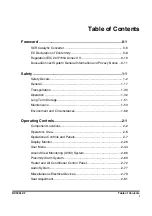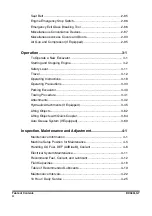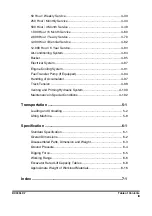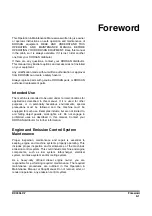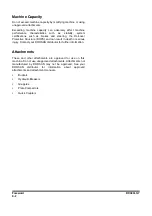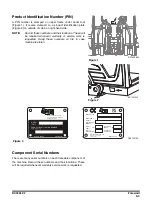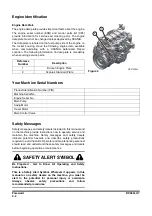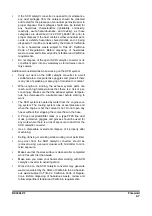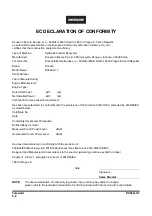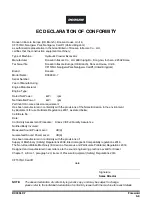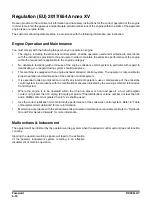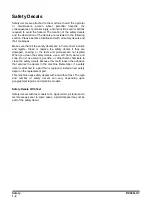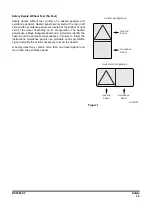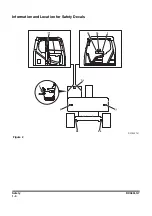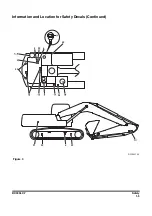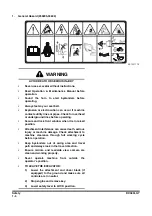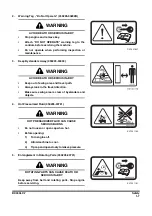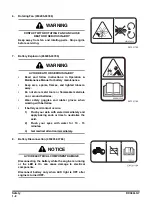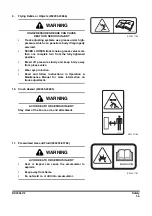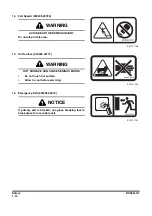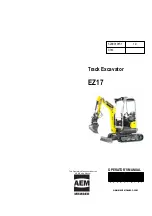
0-7
DX380LC-7
•
If the SCR catalytic converter is opened for maintenance,
any dust spillages from the catalyst should be collected
and tested for the presence of vanadium pentoxide prior to
proper disposal. Dust spillages should also be tested for
any hazardous characteristics (ignitability, corrosivity,
reactivity, acute hazardousness, and toxicity), as those
categories are described in 22 CCR § 66261.30, prior to
proper disposal. If the dust contains either vanadium pent-
oxide or exhibits hazardous characteristics and is being
disposed of, it will be considered by the State of California
to be a hazardous waste subject to Title 22, California
Code of Regulations. Before disposing of hazardous
waste, review and follow all pertinent federal and California
requirements.
•
Do not dispose of the spent SCR catalytic converter or its
constituent parts into any waterways, storm drains or sani-
tary sewers.
Additional considerations when working on the SCR system
•
Carry out work on the SCR catalytic converter in a well
ventilated area. Use protective goggles and gloves if there
is any risk of splashing or spraying of reductant or coolant.
•
When engine is running, the exhaust system parts can
reach such high temperatures that there is a risk of per-
sonal injury. Make sure that the exhaust system tempera-
ture has decreased to a suitable level before starting to
work.
•
The SCR system is heated by water from the engine cool-
ing system. The cooling system runs at overpressure and
when the engine is hot the coolant is hot. Do not open any
hoses without first stopping the coolant flow in the hose.
•
A P3 type respirator/filter mask or a type FFP3 fine dust
musk, protective goggles and gloves should be used for
any work where there is a risk of exposure to dust from the
SCR catalytic converter.
•
Use a disposable overall and dispose of it properly after
machining.
•
Eating, drinking or smoking while working is not permitted.
•
Any dust from the SCR catalytic converter should be
removed using a vacuum cleaner with microfilter to mini-
mize exposure.
•
Make sure that the work surface is cleaned after completed
work; Vacuum first then swab.
•
Make sure you clean your hands after working with SCR
catalytic converter to avoid ingestion.
•
Work done on the SCR catalytic converter may generate
waste considered by the State of California to be a hazard-
ous waste subject to Title 22, California Code of Regula-
tions. Before disposing of hazardous waste, review and
follow all pertinent federal and California requirements.



